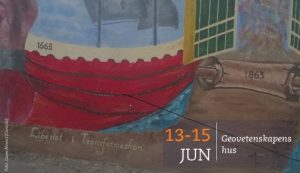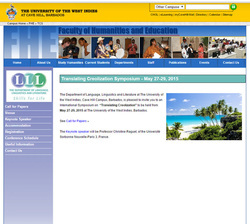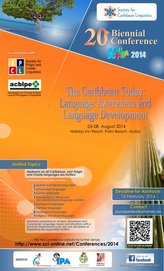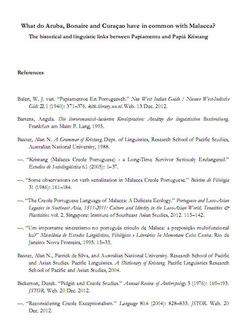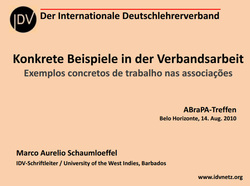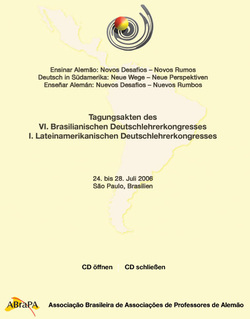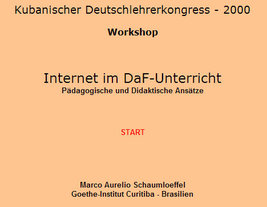A Comparison of Relators in Papiamentu and Papiá Kristang
Marco Aurelio Schaumloeffel
Presentation at the SPCL + ACBLPE 2015 Conference
Graz, Austria 7th-9th July 2015
Conference Program
Conference Booklet with Abstracts
Conference website
References
Abstract
A Comparison of Relators in Papiamentu and Papiá Kristang
Papiá Kristang is a Portuguese-based creole mainly spoken in Malacca, Malaysia, whereas Papiamentu is a creole mainly spoken in the Caribbean islands of Aruba, Bonaire and Curaçao (ABC Islands). The origin of Papiamentu still is controversial, since some scholars claim that it has genetic linguistic ties with Spanish, while others have sound evidence of its Portuguese origin, especially due to its links with West African Portuguese-based creoles (cf. Jacobs, Origins of a Creole, 2012, amongst others). The comparative study of the features of Papiamentu with Papiá Kristang still is a widely unexplored field. It is uncontroversial that Papiá Kristang is an Asian Portuguese-based creole with virtually no influences from Spanish or Spanish creoles. Therefore, if there are any similarities between Papiamentu and Papiá Kristang, those can certainly not be attributed to a Spanish common base in both creoles, but rather to another common base that they share, i.e., the Portuguese language. The main aim of this presentation is to compare and analyse relators in Papiamentu and Papiá Kristang. Relators are function words and as such pertain to the closed class words, which are much less likely to be replaced in borrowability or relexification situations if compared to content words, classified as open class words. The identification of the origin of relators can serve as indication towards linguistic genetic ties that might exist between creoles and the languages that were the base for their formation. The analysed relators will also be contrasted with the same features found in some other Portuguese and Spanish-based creoles in order to establish grammatical similarities and differences, and in doing so to investigate the origins of Papiamentu and the presence of Portuguese and Portuguese creole features in this creole language that today is recognized by the Dutch government in Bonaire and has official status as native language in Aruba and Curaçao.
Source: Marco

